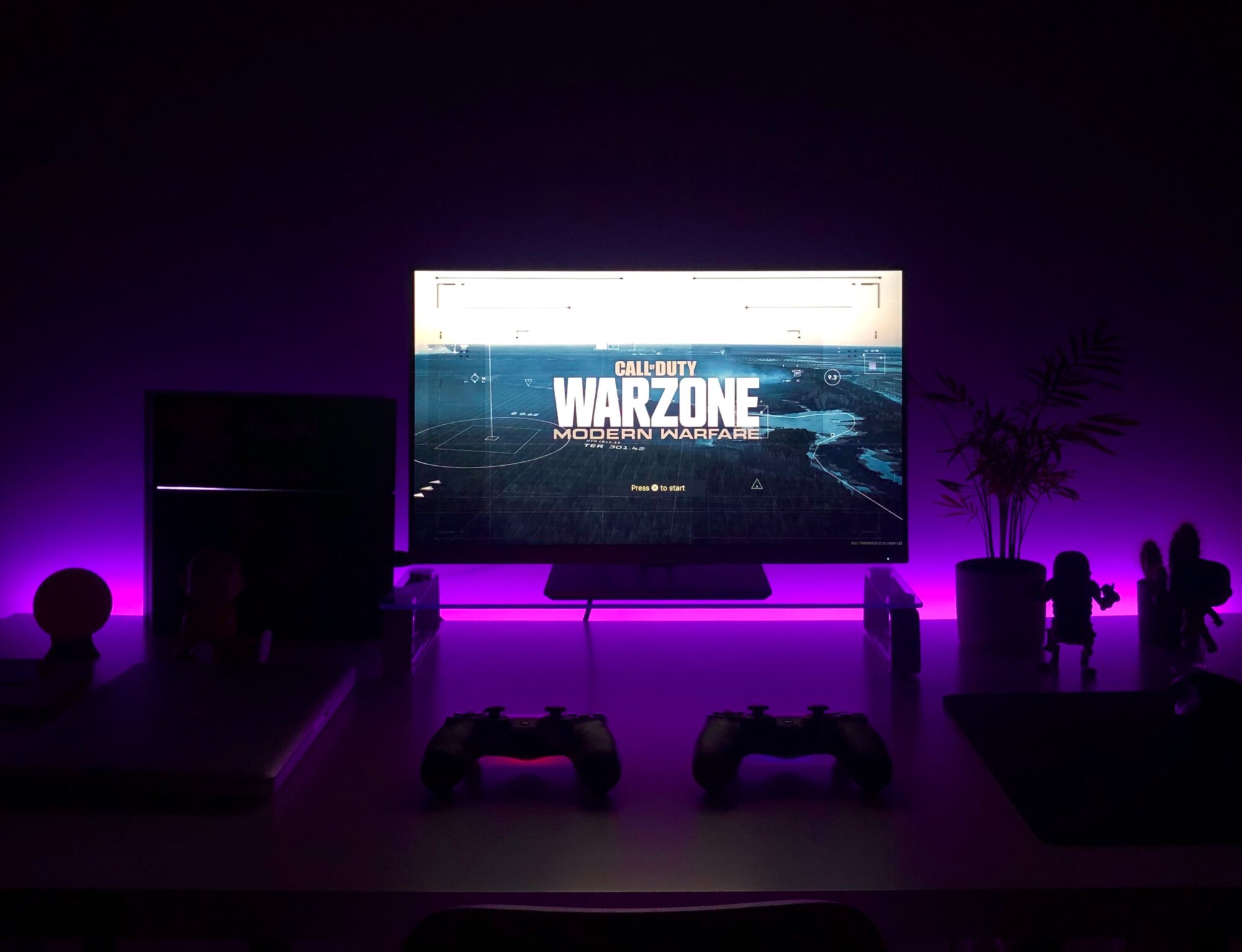Field of view, or FOV for short, refers to the scope of your virtual vision in any given VR experience. In other words, it’s how much you can see from left to right and back again in any given game or experience. Some games require that you have a smaller field of view for a more immersive feel, while others demand a higher FOV for a more competitive advantage, and many gamers prefer to have as many competitive advantages as possible, including things such as overclocking their CPU. Many people like to write off the field of view as if it doesn’t matter but as we dive deeper into this topic, you may be surprised at how important FOV can be.
Let’s dive into the topic and discuss everything you need to know about field of view!
What is Field of View (FOV)
In short, your field of view determines how much you can see from left to right and back again in any given VR or First Person gaming experience. It’s measured in degrees and is usually expressed as a number followed by the word “degrees” (e.g. 90 degrees). Field of view can vary significantly from one game or experience to the next, and there are a number of reasons why.
Does Field of View Affect Your Aim?
Yes and no, it will affect your aim in that your perception of recoil will be far more apparent with a lower FOV, and with a higher FOV, it will look as if you have no recoil at all. The recoil is the same but the appearance of recoil increases with a lower FOV. The mechanics of aiming in any given game are designed to account for a range of potential field-of-view scenarios. In other words, regardless of which FoV setting you choose, your in-game numeric accuracy will remain consistent. That said, a larger field of view can increase your immersion and make your in-game experience more engaging by allowing you to see more of your surroundings at once and make your recoil appear to be less noticeable.
Does Field of View Affect Gaming Performance?
Yes, a wider FOV will put more strain on your GPU and CPU. Think of it this way, the more you see at any given time will require your computer hardware to process more at one time. If you have a lower field of view, your hardware processes less on your screen. A higher FOV will affect your gaming performance, so if you don’t have the greatest set-up, you may want to consider a lower FOV, but if you have more than enough power, feel free to increase your FOV.
Does Field of View Affect FPS?

As we’ve noted, graphics cards and your computer processing hardware will render mostly what is on your screen, if you increase the FOV, your hardware needs to process more things at any given time, which strains your hardware more than with a lower field of view. This number varies from game to game but you can expect a slight 5-15 FPS increase when you max out your FOV, but it really depends on your hardware and the optimization of the game. When it comes to VR games, your FOV is set with the hardware device and shouldn’t affect your FPS or gaming experience other than immersion.
What Does a Smaller Field of View Mean for Gaming?
If you want to be more cautious and tactical in your VR gameplay, then a smaller field of view might be the way to go for you. A smaller field of view lends itself to more cautious gameplay thanks to the fact that it restricts your vision. Single-player games are best to play in a lower FOV because it’s more immersive and realistic. This is especially helpful if you’re new to VR and are trying to avoid motion sickness.
It can be frustrating when you’re playing a VR game and get sick to your stomach because you didn’t see a grenade on the floor that you stepped on. A smaller field of view also makes you more aware of your surroundings. This might seem counterintuitive given that a smaller field of view means that you can see less of your surroundings, but the fact that you can see less of your surroundings thanks to a narrower field of view means that you’re more focused on the things that matter.
What Does a Wider Field of View Mean for Gaming?
If you’re more of a competitive player type who loves charging into battle, then a wider field of view might be more suitable for you. A larger field of view gives you a wider viewpoint, allowing you to see more of your surroundings it gives you a competitive edge over your fellow players. A larger field of view allows you to see more of your surroundings at once, which gives you a better sense of direction and enables you to more easily identify your allies and enemies. It’s also worth noting that a larger field of view is particularly useful for first-person shooter games.
Does a Higher Field of View Give You a Competitive Advantage
Absolutely, a wider FOV will give you a more competitive advantage. It allows you to see more of your surroundings which can easily give you a win in a case where your opponent does not have as much FOV. This is mostly the case in first-person games and the only real downside to a larger FOV is that you need to adjust to the way things look. Things will look further away and you will feel that you have no recoil when you actually have the same recoil as if you had a lower FOV.
If you can run the game smoothly and you can become comfortable with things looking smaller and further away, a higher field of view will absolutely give you a competitive advantage and will most likely secure yourself more wins when playing against players with a lower FOV.
Is Field of View Important?
Yes, field of view is important. It can make enhance your gaming experience if used correctly. If the field of view is too narrow, you’ll feel claustrophobic and uncomfortable. If it’s too wide, you won’t feel immersed at all. If you want a more competitive experience, increase your FOV, if, of course, your PC can handle the toll it will take. If you are playing a single-player game or a more immersive and slow-paced game, lower the FOV and you’ll feel more immersed.

